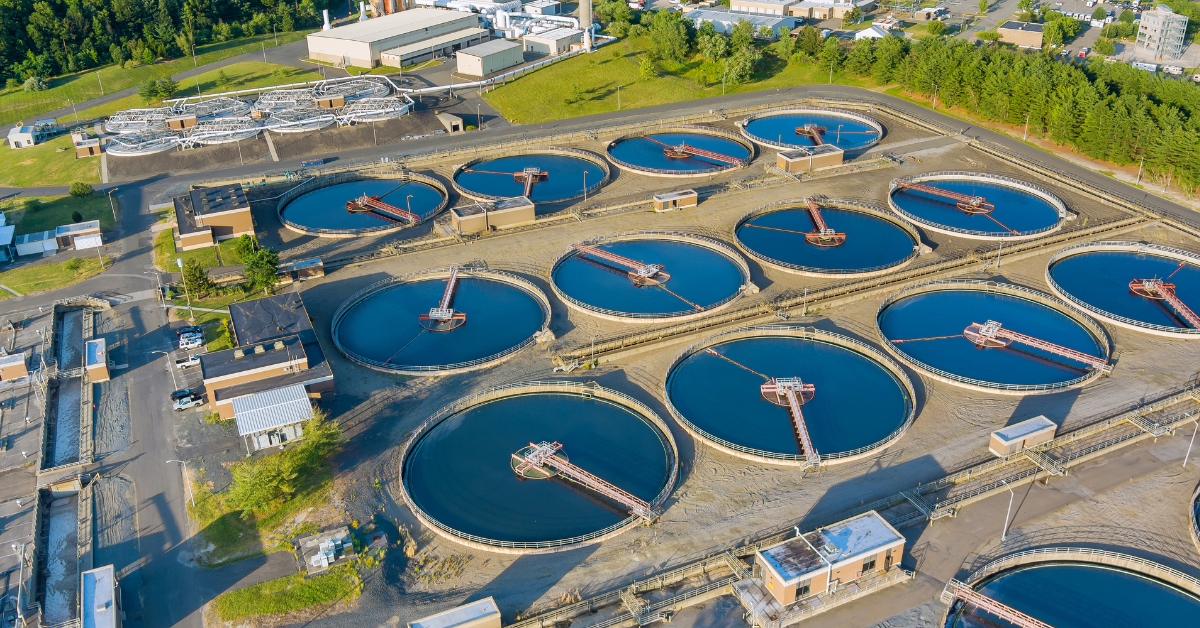
Biden Considers Opening 55 Million Acres of Public Lands to Solar Panel Farms
The Biden administration’s push for a massive expansion of solar energy development on public lands encapsulates a profound disconnect between environmentalist ambitions and the pragmatic realities of conservation, local economies, and the multifaceted use of public lands. By earmarking up to 55 million acres—larger than the size of Idaho or Minnesota—for potential industrial-scale solar farms, the administration signals a willing sacrifice of vast swathes of natural habitat, local industries, and recreational land use at the altar of renewable energy goals.
The Bureau of Land Management’s (BLM) preferred alternative within the Western Solar Plan to set aside 22 million acres underscores a staggering commitment to solar development, ostensibly to meet a goal of generating 25 gigawatts of electricity from wind and solar on public lands by 2025. This plan, while ambitious in its aim to transition to 100 percent renewable electricity by 2035, starkly illustrates the administration’s prioritization of environmental policy goals over the nuanced needs and values of local communities and ecosystems.
The fact that it takes over 3 million solar panels to produce a single gigawatt of electricity not only highlights the vast resource requirements of such renewable energy initiatives but also underscores the extensive land use and environmental disruption inherent in their deployment. As critics like Gabriella Hoffman, a policy analyst and podcast host, point out, the mantra of “protecting the environment” rings hollow when such projects necessitate the destruction of natural habitats and landscapes under the guise of environmentalism.
Local officials and policy analysts have raised concerns about the BLM’s approach, noting the plan’s potential to conflict with existing uses of public lands, including ranching, mining, and recreation. The scale of proposed development also raises questions about the equitable distribution of its benefits and burdens, with poorer rural communities likely to bear the visual and environmental impacts of large-scale solar farms whose electricity will primarily serve urban centers in wealthier states.
The administration’s push towards solar development on public lands mirrors historical instances of large-scale urban planning projects that, while intended to serve the public good, often resulted in significant social and environmental costs. The comparison to Robert Moses’s controversial urban projects in New York, which prioritized infrastructure development at the expense of community cohesion and environmental integrity, is apt. Just as Moses’s highways bisected and degraded urban neighborhoods, sprawling solar farms threaten to fragment natural habitats and disrupt local economies dependent on multi-use land policies.
Moreover, the environmental implications of converting multi-use lands to single-use solar installations cannot be overlooked. Such developments not only displace existing activities but also pose significant risks to biodiversity and ecosystem health. The alternative “Smart from the Start” proposal, advocating for solar development on disturbed or low-conflict lands, offers a more balanced approach that seeks to minimize environmental and community impacts. Yet, the BLM’s reluctance to adopt this more nuanced strategy reveals a troubling commitment to an all-encompassing solar expansion at the expense of a more measured and thoughtful approach to renewable energy development.
The Biden administration’s current trajectory risks undermining the very environmental values it claims to uphold. By prioritizing large-scale solar development over the multifaceted use of public lands, the administration sets a dangerous precedent for the future of conservation, local economies, and the stewardship of America’s natural resources.














